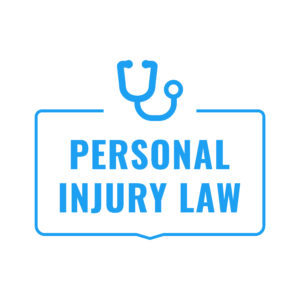Proving Negligence and Fault in a Personal Injury Lawsuit
February 20, 2019
 The National Highway Traffic Safety Administration estimates that the costs of car accidents in the United States far exceeded over $1 trillion dollars in 2010. This financial estimate includes the loss of thousands of lives and the overall loss of productivity.
The National Highway Traffic Safety Administration estimates that the costs of car accidents in the United States far exceeded over $1 trillion dollars in 2010. This financial estimate includes the loss of thousands of lives and the overall loss of productivity.
When accidents happen, who pays these enormous costs? Who is expected to bear the burden of losses associated with injuries, property damage and an inability to work?
The answer to this question depends on a courtroom’s assessment of each party’s respective negligence. Read on to learn about how you can prove fault in a personal injury case.
Proving the Other Party’s Negligence
When courtrooms seek to determine who is legally liable for an accident, they will immediately seek to determine each party’s relative negligence. In legal terms, negligence means that the person:
- Had a legal duty of care towards the other party
- Failed to uphold that duty of care
- Caused an injury due to their breach of duty of care
When an accident happens, a person cannot be deemed negligent unless they had a duty of care towards the other person. Courts generally believe that property owners, drivers, businesses and others have a duty to reasonably care for others. This means that intentionally driving intoxicated, failing to make your property safe or knowingly selling defective products is a breach of this duty of care.
Did Your Own Carelessness Contribute to the Accident?
The basic rule in accidents is that the person who was less careful should pay at least a percentage of the losses suffered by the more careful party. In some situations, the victim of an accident can be held partially liable when they were careless themselves.
For example, if a person was acting recklessly and walking in the middle of the road at night, then the courts may see this behavior as contributing to the accident. Courts may consider the fact that even a reasonable driver using reasonable care may have not been able to avoid a collision with the person. If the jaywalker was also intoxicated, then courts would use that as further evidence as the victim’s own carelessness. If both parties are found to have been intoxicated, then courts may find it reasonable to have both parties share the costs of the losses.
Contact an Erie Personal Injury Lawyer to Discuss Your Negligence Case in Pennsylvania
Did you or a loved one sustain serious injuries due to someone’s negligence in Pennsylvania? Don’t let the medical bills pile up while you wait for the negligent party or their insurance company to do the right thing. Right now, you need an aggressive personal injury attorney on your side, fighting to get you the compensation you need, want, and deserve. The skilled attorneys at Purchase, George and Murphey P.C. represent clients injured because of negligence in Erie, North East, Meadville, and throughout Pennsylvania. Call 814-273-2010 or email us to schedule a free consultation about your case. We have an office conveniently located at 2525 W 26th St., Erie, PA, 16506, as well as offices in Meadville and North East.
The articles on this blog are for informative purposes only and are no substitute for legal advice or an attorney-client relationship. If you are seeking legal advice, please contact our law firm directly.